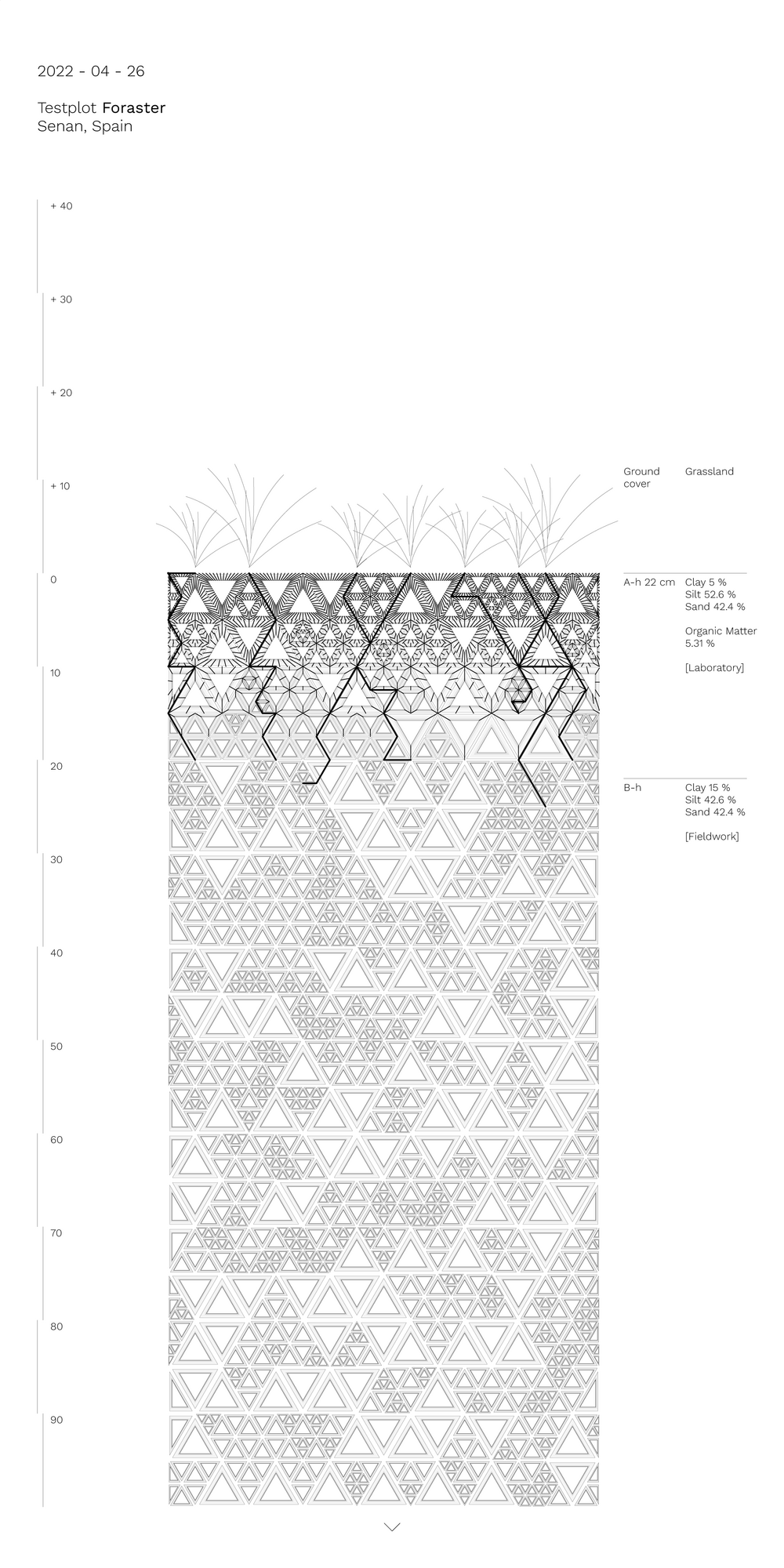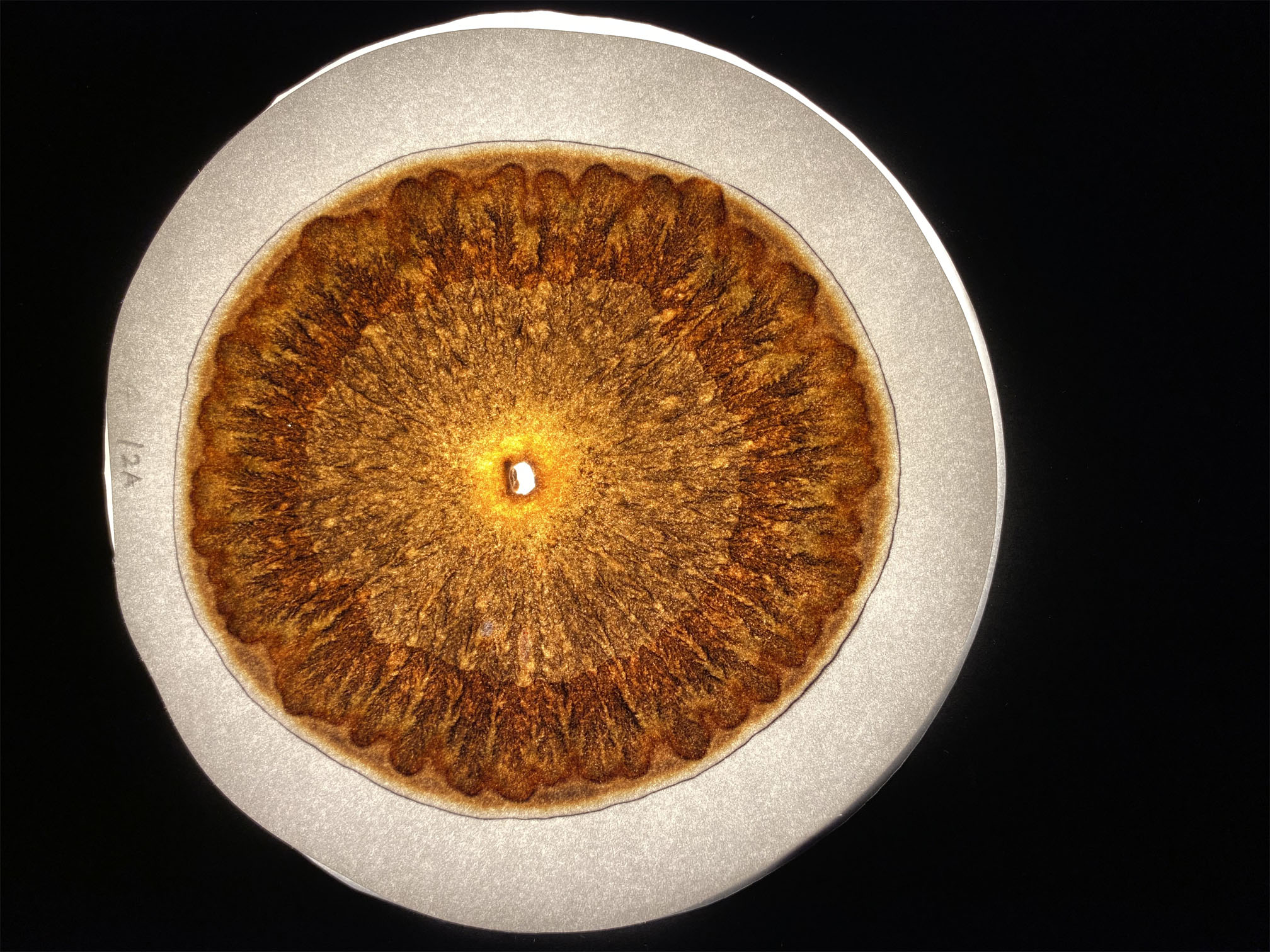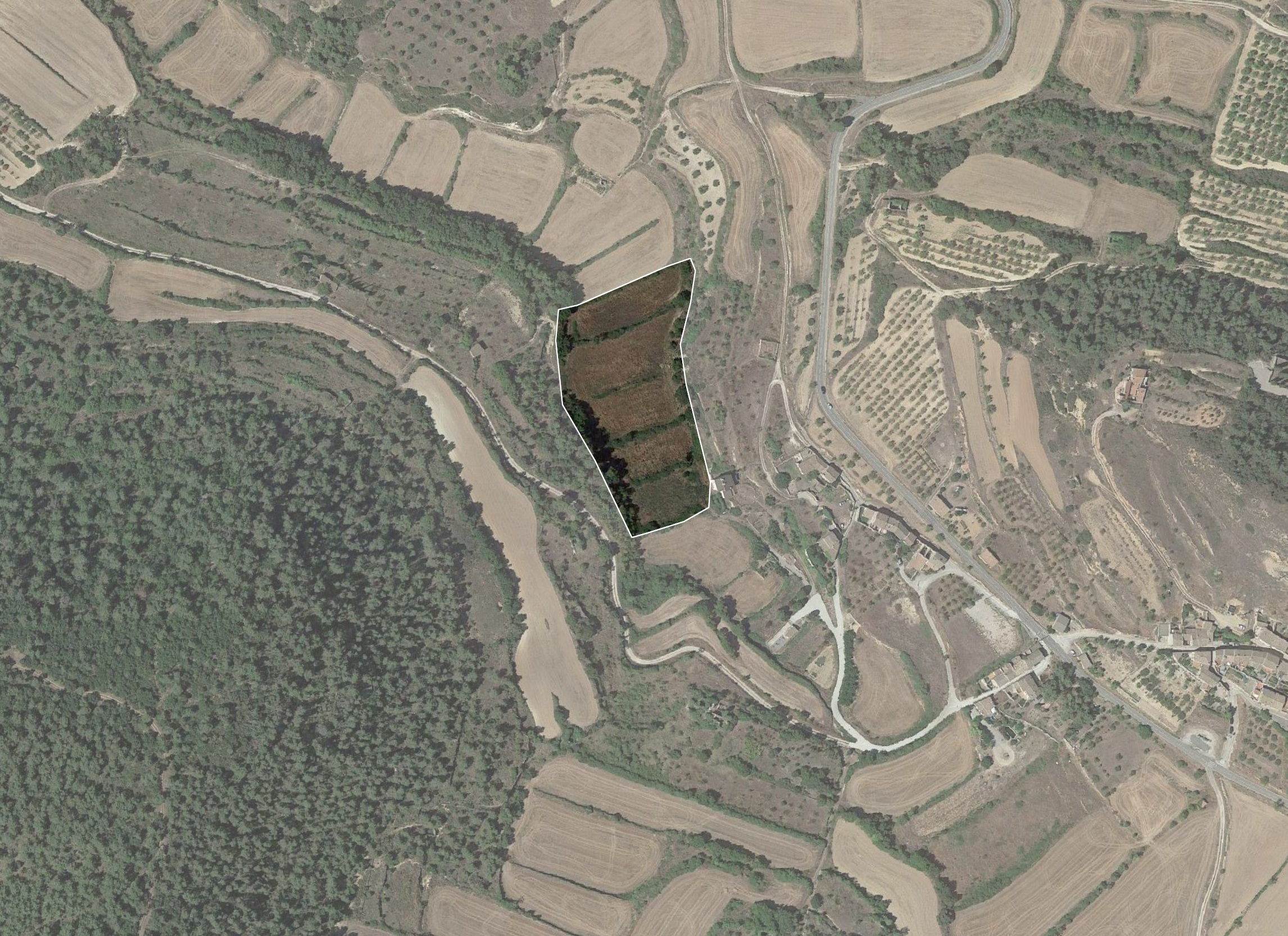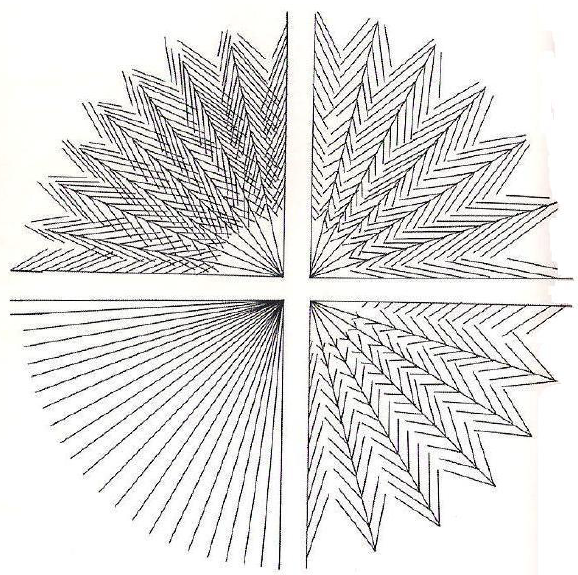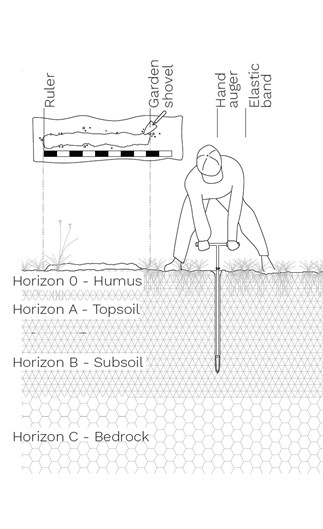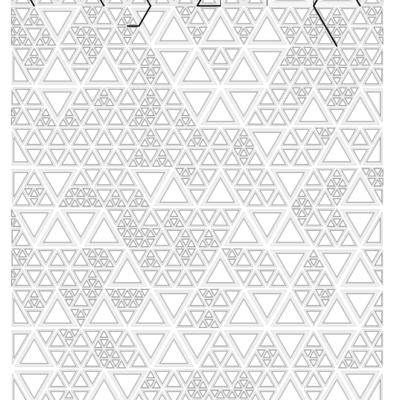
Soil sampling: Foraster
The soil in the garden “Foraster” is the one that has used for agriculture until recently. The soil is covered with living and dead grasses, but does not show an organic horizon. Its overall depth is higher than 1 meter with two soil horizons, that have similar characteristics in color and texture. By drilling the soil, the A-horizons shows a depth of 22 cm, followed by a B-horizon. The depth of the B-horizon is higher than 80 cm but cannot be assessed more precisely, since the auger the team used had a length of only 1 meter.
Both horizons show a brown soil color (Munsell 7.5YR 5/4 and 7.5YR 4/4). Additionally, the B-horizon shows some red flecks. By using fieldwork methods, the soil texture is characterized as clayey in both horizons.
Overall, the fieldwork results correspond well with the data the team obtained through soil maps and its literature. The soil type in the garden “foraster” can thus be best described as a “Comapregona” soil. The soils of the Comapregona type are very deep, well drained and of medium textures, with some thick elements. They have been developed on terrigenous materials to the bottom of the slopes of La Segarra. The profile shows little soil development. The main differences concern the soil texture and the organic matter content. The fieldwork results showed much higher amounts of clay and organic matter in the soil than expected.
In addition to the soil profile made by the team, a local soil scientist did a lab analysis. For this, 100 grams of the soil sample was taken from the A-horizon in a depth of 10 cm.
The analytical results indicate that the soil inside the plot is basic, with very high limestone levels, with a high, non-saline conductivity and with a high macronutrient content. The organic matter content is very high (according to analytical interpretation) and presents medium or high levels of micronutrients. As for the physical characteristics of the soil, it has a Loam-silt texture.
As a synthesis of the different soil analysis methods, the team developed a drawing of the soil profile using the soil language of the Chair of Being Alive. This drawing combines quantitative data from laboratory analysis and qualitative data from fieldwork. Following this logic, the data for the A-horizon comes from the laboratory analysis and the data for all other horizons comes from the field methods. Since these two approaches are inherently different, this explains possible inconsistencies in the drawing.




